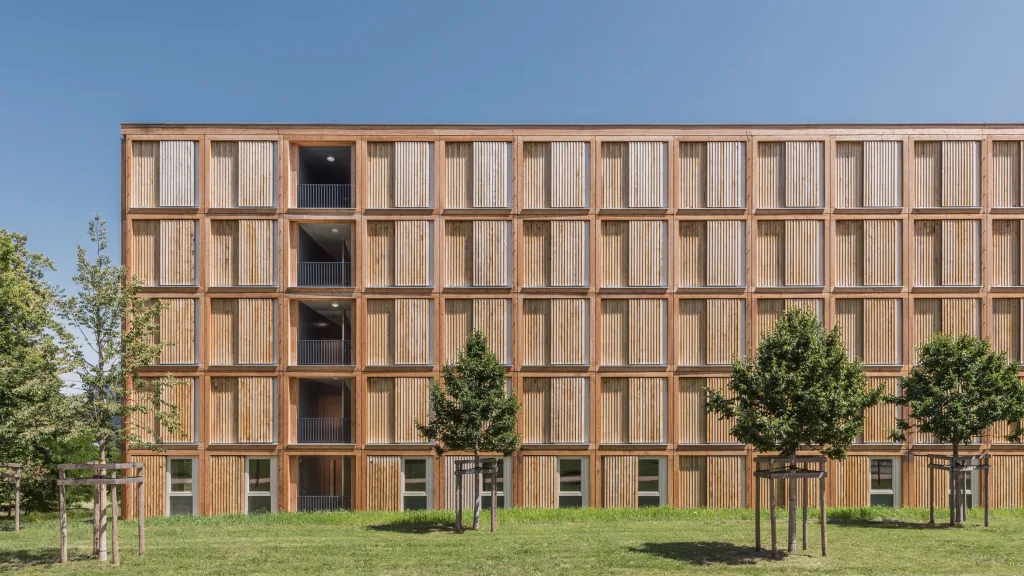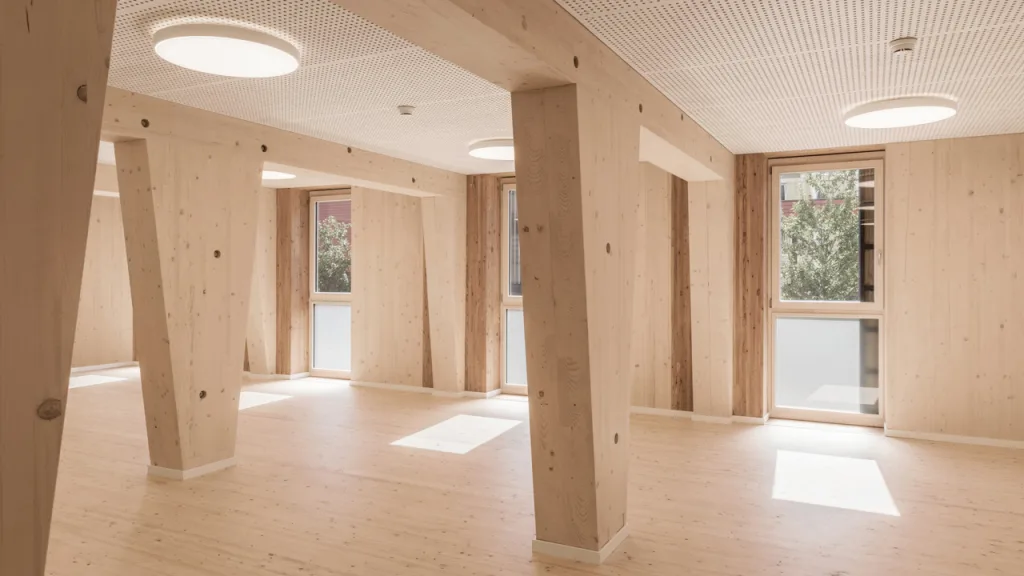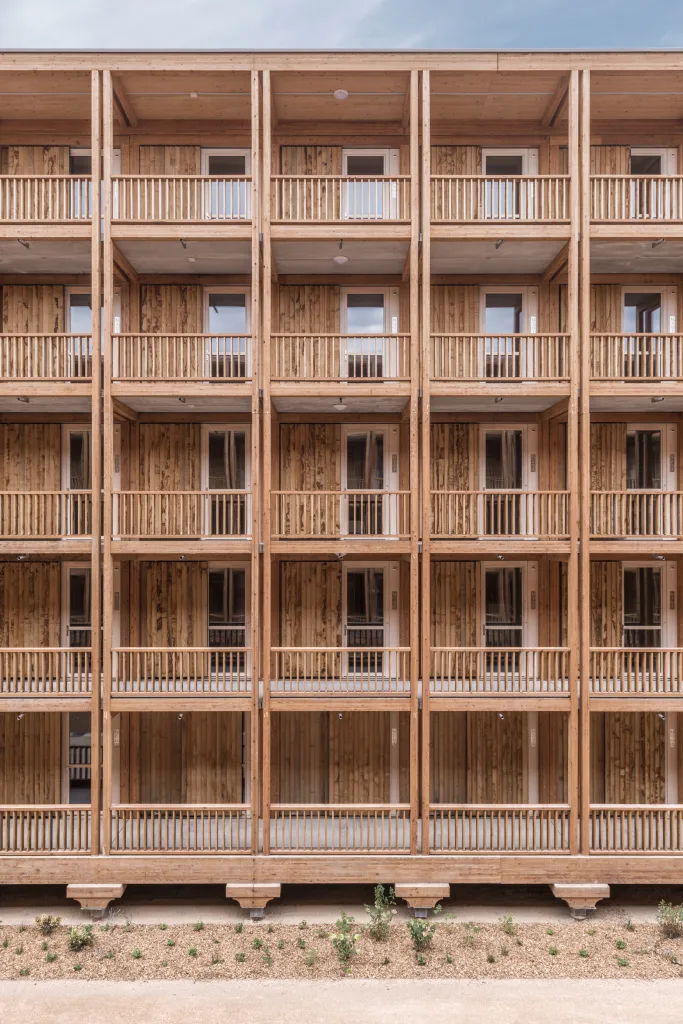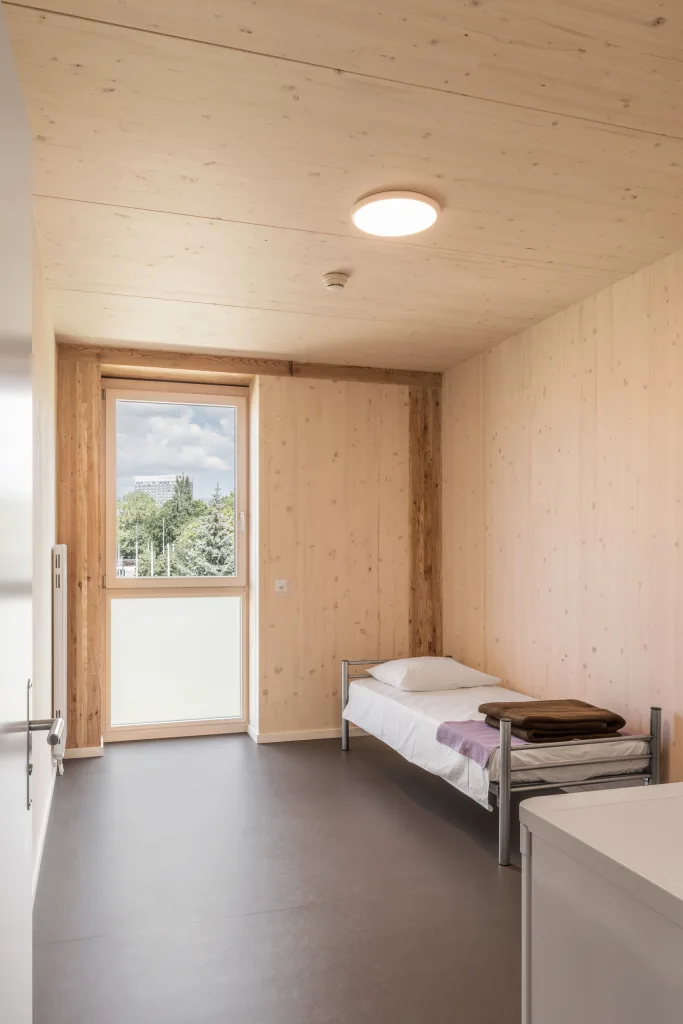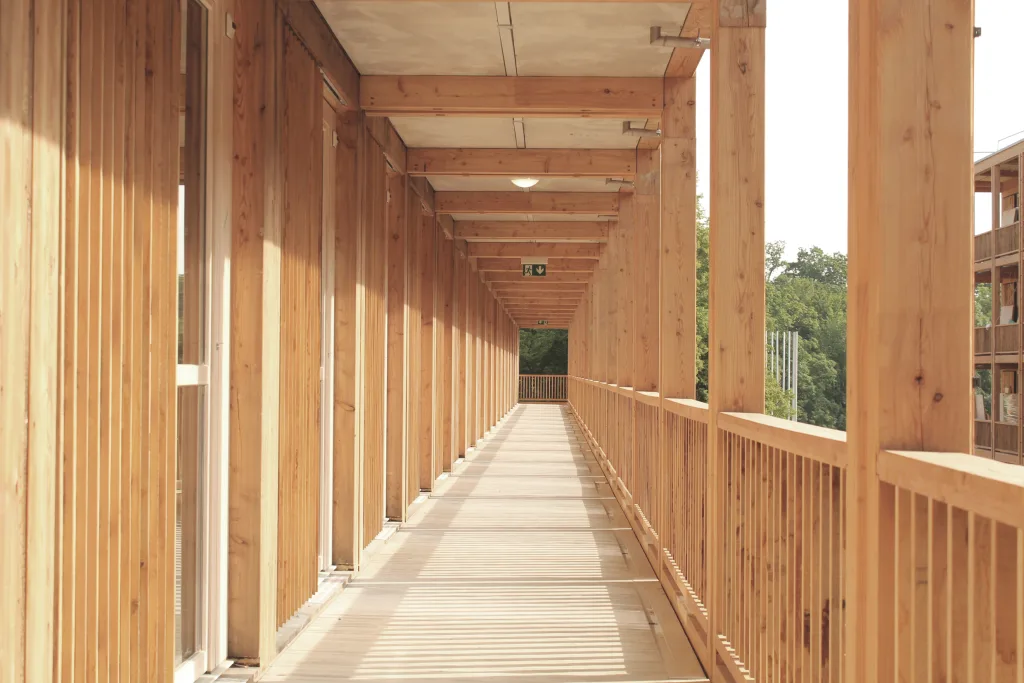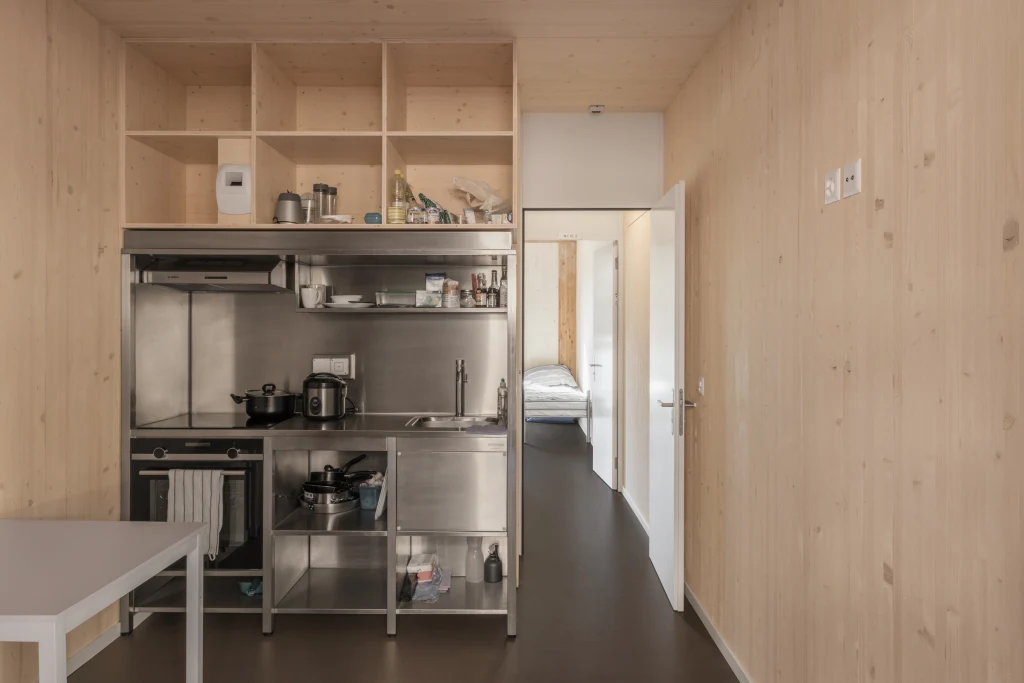When built right, buildings can last for hundreds or even thousands of years. But a building constructed 400 years ago isn’t always going to match the needs of a resident or business of today. So what happens next?
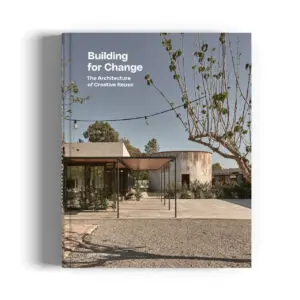
Increasingly, architects and designers are updating and upgrading old buildings for new purposes, a practice called adaptive reuse. A new book, Building for Change: the Architecture of Creative Reuse by Ruth Lang (edited and published by Gestalten), explores how purpose-built buildings are taking new forms and living longer lives.
The book profiles dozens of projects, including the conversion of the former TWA terminal at John F. Kennedy International Airport in New York into the mid-century modern-themed TWA Hotel, and a former church rectory that’s been turned into a colorful elementary school in the Czech Republic. Below, Lang explains the climate imperative and creative opportunity of adaptive reuse.
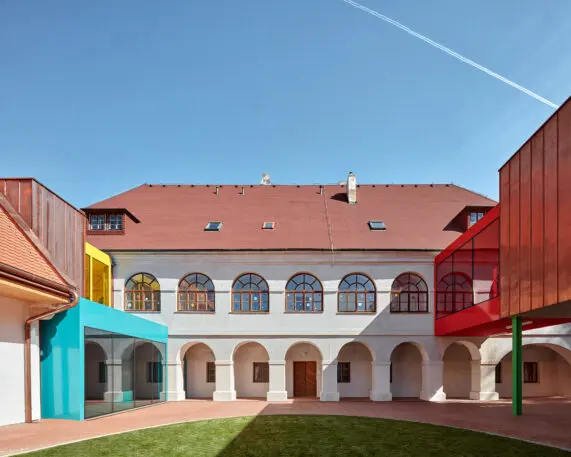
Fast Company: The projects featured in the book are all so visually striking, but adaptive reuse is about more than just looks. Why is it important for architects (and the clients who commission them) to consider existing spaces as sites for reuse or adaptation?
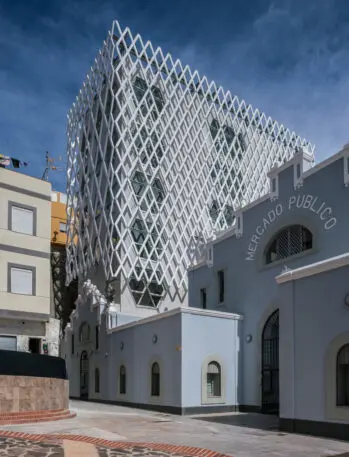
Ruth Lang: If we include operational carbon consumption, the construction industry is responsible for 38% of total global energy-related CO2 emissions. This critical issue must be addressed urgently if we’re to mitigate the climate breakdown, and fulfill the goal of the Paris Agreement to be zero carbon by 2050. Yet, given that 80% of the predicted building stock for 2050 is already in existence today, there’s no way we can meet this by merely adding new, more efficient buildings. We need to find ways to make the most of what we’ve already got. This doesn’t mean we have to stop exercising our creativity, though. By considering different tactics—finding new configurations to bring alternative uses to existing sites, adapting buildings to new purposes, using existing materials in new applications—we can have greater agency in meeting these goals, as a complementary strategy for new development.

Some of these projects are very humble, such as the Kibera Hamlets School, made out of common scaffolding hardware. How do you see designers thinking more broadly about what works as a building material? And what opportunities does this broader thinking create?

What’s been really impressive in compiling these projects is the inventiveness and nimbleness with which the designers have approached materials. This stems from a richer seed of values that permeate the design, in terms of social connections, carbon consumption, and project costs. These projects show that entering these values doesn’t diminish the power of the overall aesthetic impact, but can instead open up new possibilities that haven’t been considered before.

The Kibera Hamlets School, in particular, is fascinating in this respect, as it instigated an international exchange of construction knowledge between architects SelgasCano in Spain, the Louisiana Museum in Denmark, and the local community in Kenya. Rather than being a top-down construction approach, each learned about the materials and skill sets available in these locations to generate a design that opens up a possibility for taking these new approaches into future projects, too.

Another project, the Rigot Collective Dwelling Centre in Geneva, is sort of preadaptive reuse—it’s migrant housing that’s designed to be moved and reused in other contexts within a decade. How do you see this project and others beginning to integrate future reuse into their designs?
This scheme is ingenious in the manner that Acau architecture has been able to plan for future use, without overengineering. Considering the future of the building in conjunction with the future of the site in which it has been constructed requires integrated thinking and reaching beyond the usual confines of a project time line. These are going to be increasingly pertinent questions for designers that require us to consider not only post-occupancy, but also planning for how our designs can be more useful for future generations in ways which we cannot yet predict.
Recognize your brand’s excellence by applying to this year’s Brands That Matter Awards before the early-rate deadline, May 3.

